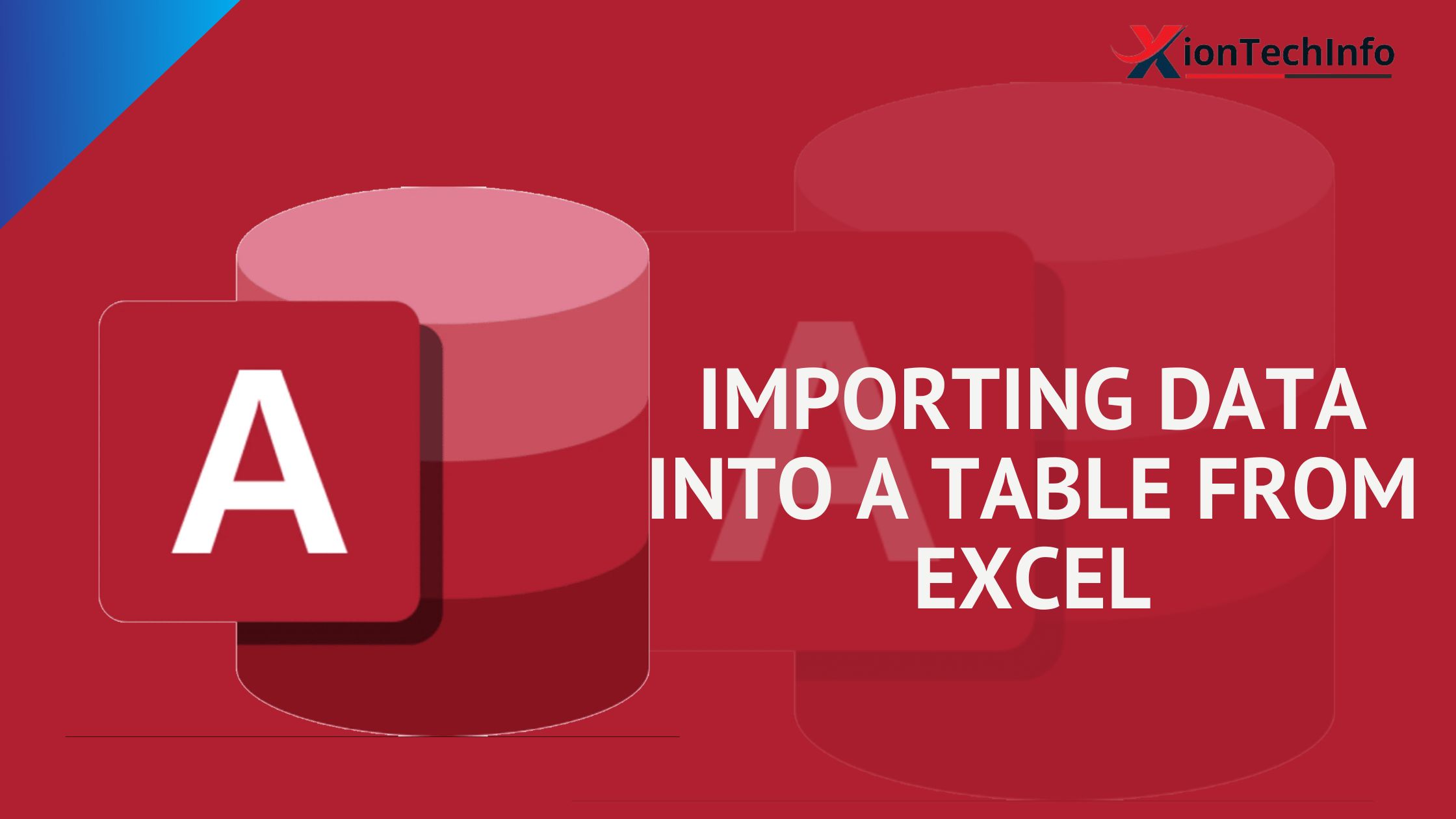Importing data into a table from Excel and text files is a crucial skill for anyone working with databases in MS Access 2021. Whether you’re a beginner or an experienced user, this guide will walk you through the process step by step, using simple language and clear examples.

Table of Contents
Importing Data into a Table from Excel
Understanding the Process
Importing data from Excel into MS Access involves several steps, including identifying the source file, mapping fields, and specifying data types.
Step-by-Step Guide
- Locate the Excel File: Begin by opening MS Access and selecting the database where you want to import the data.
- Import External Data: Navigate to the “External Data” tab and choose “Excel” from the available sources.
- Select the Excel File: Browse your computer to find the Excel file you want to import and select it.
- Specify Import Options: MS Access will prompt you to specify how you want to import the data, such as whether to import the data into a new or existing table.
- Map Fields: Map the fields in your Excel file to the corresponding fields in your MS Access table.
- Review and Import: Review the import settings and then click “OK” to import the data into your table.
Tips for Successful Import
- Ensure your Excel file is properly formatted to avoid errors during the import process.
- Double-check field mappings to ensure data is imported correctly.
- Consider using the “Append” or “Link” options for more flexibility in importing data.
Importing Data from Text Files
Understanding Text File Formats
Before Importing Data into a Table from Excel files, it’s essential to understand the different formats, such as CSV, tab-delimited, and fixed-width.
Step-by-Step Process
- Access External Data Tab: Similar to Importing Data into a Table from Excel, start by accessing the “External Data” tab in MS Access.
- Choose Text File Source: Select the appropriate option for importing data from a text file.
- Select Text File: Browse your computer to find the text file you wish to import.
- Specify Import Options: MS Access will prompt you to specify the format of the text file and other import options.
- Map Fields: Map the fields in your text file to the corresponding fields in your MS Access table.
- Review and Import: Review the import settings and proceed to import the data into your table.
Best Practices
- Ensure your text file is correctly formatted and follows the specified delimiter format.
- Verify field types and adjust as necessary to match the data in your text file.
- Consider using the “Advanced” options for more control over the import process.
Advanced Techniques
Using Import Specifications
MS Access allows you to save import specifications for recurring imports, streamlining the process and ensuring consistency.
Automating Imports
Explore options for automating data imports using macros or VBA code, saving time and reducing manual effort.
Data Transformation and Cleaning
Learn techniques for transforming and cleaning imported data to ensure accuracy and consistency in your database.
Troubleshooting Common Issues
Handling Errors
Encounter common errors during the import process and learn how to troubleshoot and resolve them effectively.
Accessing Help Resources
Utilize built-in help resources in MS Access and online forums to find solutions to import-related issues.
Conclusion
Importing data into a table from Excel and text files in MS Access 2021 is a fundamental skill for database management. By following the steps outlined in this guide and leveraging advanced techniques, you can streamline the import process, ensure data accuracy, and maximize the efficiency of your database operations.
FAQ
How can I import data into MS Access if the file format is not supported?
MS Access supports various file formats, but if your file format isn’t supported, you may need to convert it to a compatible format first.
Is it possible to schedule automatic data imports in MS Access?
Yes, you can schedule automatic data imports using macros, VBA code, or external tools integrated with MS Access.
Can I import data from multiple Excel sheets into separate MS Access tables?
Yes, you can be Importing Data into a Table from Excel sheets into separate tables by repeating the import process for each sheet.
What should I do if the imported data is not displaying correctly in MS Access?
Double-check field mappings and data types to ensure compatibility between the source file and MS Access table.
